On Our Way to the Citadel
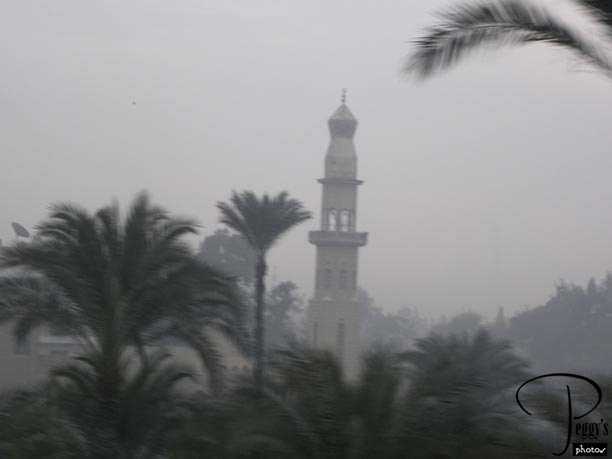
We started out early on a hazy morning to visit the Citadel and then the Egyptian Museum. Originally, we were to make these two visits in the afternoon, but since the Egyptian Museum is located at Tahrir Square, where the first day of protests were scheduled for 12 p.m., we changed our plans. Photo: a minaret seen in the haze.

On Our Way to the Citadel
A Mosque at the Citadel
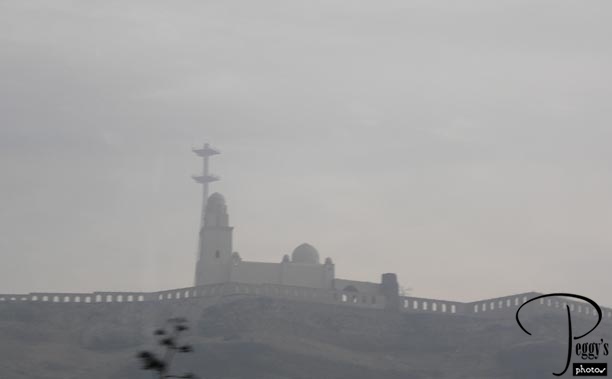
This mosque at the Citadel was seen from the bus.

A Mosque at the Citadel
The Citadel
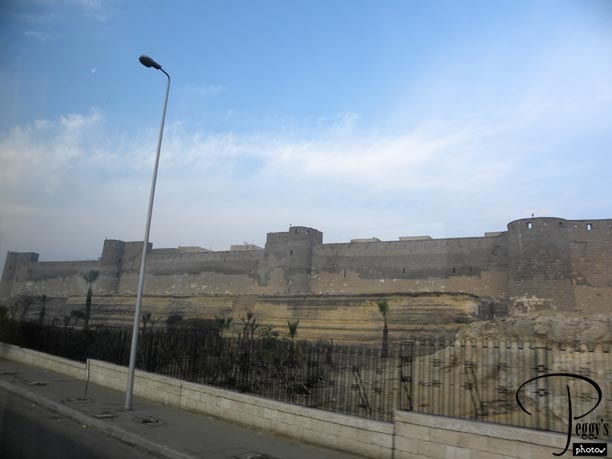
A view of the Citadel seen from the bus. The Citadel, built like a medieval castle, was founded in 1166 by the Muslim commander Salah ad–Din (known in the West as Saladin) as a fortress for protection from the Crusaders and as a palace for the Egyptian leaders. Saladin was the leader of the Muslim forces who gained control of the Holy Land from Frankish rule. His forces also defeated the Crusaders led by Richard the Lionhearted who tried to retake Jerusalem.

The Citadel
The Citadel
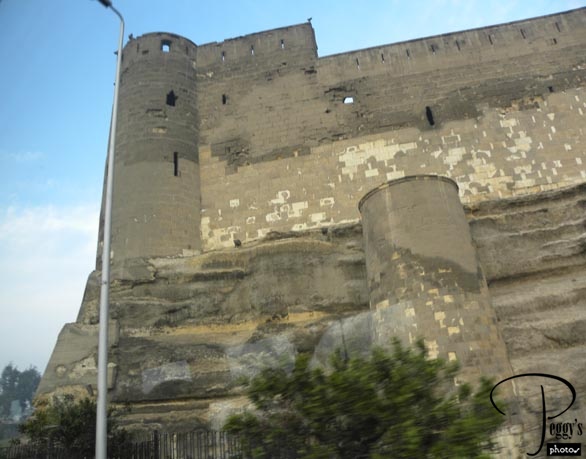
A view showing how massive this structure was.

The Citadel
The Citadel
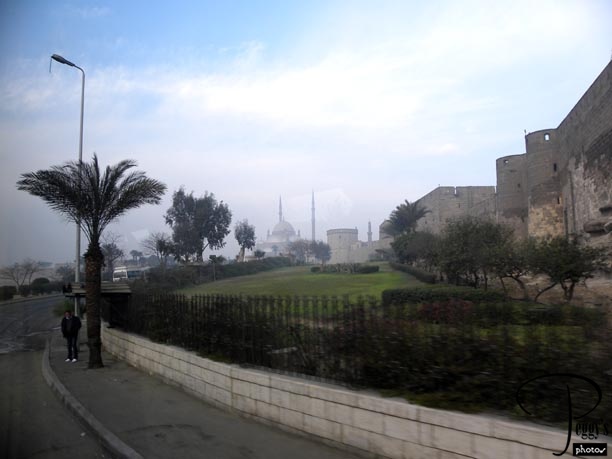
The Citadel is huge, containing a number of mosques, museums, and battlements. In the middle of the photo, at the rear, you can see the Mosque of Mohammed Ali, the most famous of the mosques here.

The Citadel
The Citadel
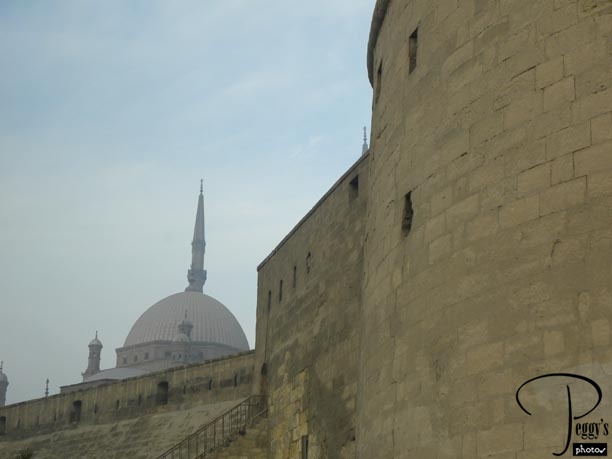
Another view.

The Citadel
The Citadel
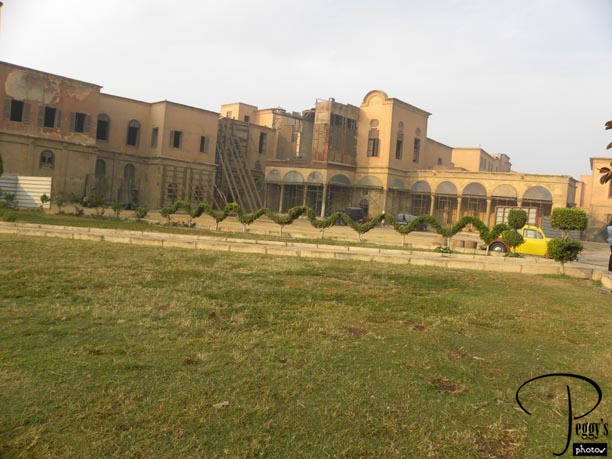
We walked away from the mosque to get a better view of it. Photo: More of the Citadel’s buildings.

The Citadel
The Citadel
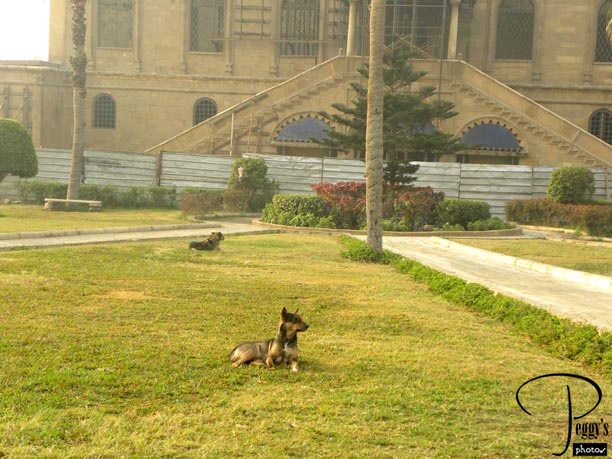
We were greeted by these dogs.

The Citadel
The Mosque of Mohammed Ali
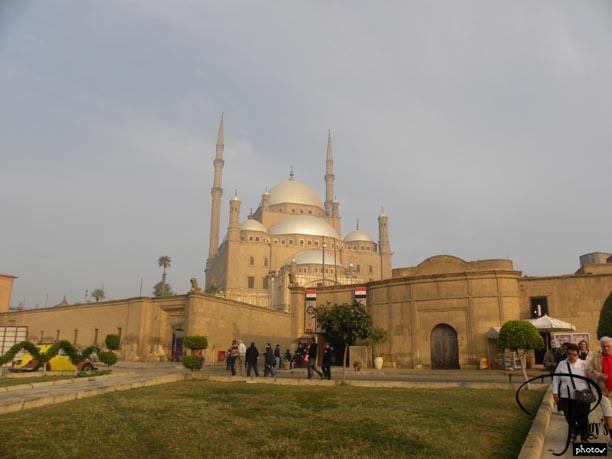
View of the Mosque of Mohammed Ali.

The Mosque of Mohammed Ali
At the Citadel
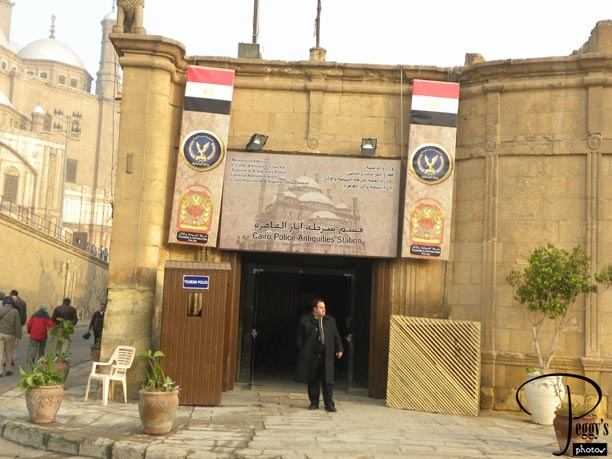
The Cairo Police Antiquities Station on the way up to the mosque.

At the Citadel
The Mosque of Mohammed Ali
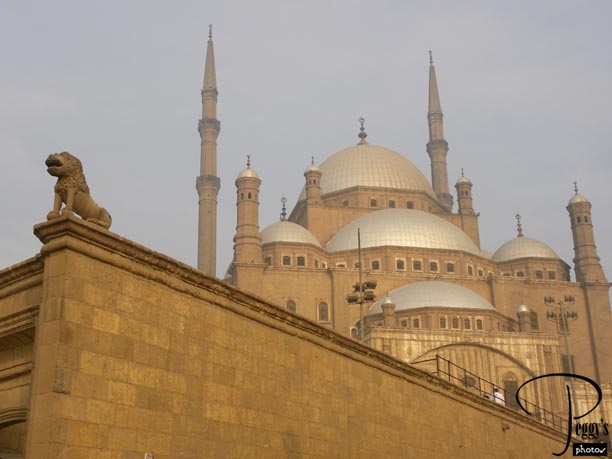
A view of the mosque guarded by a lion.

The Mosque of Mohammed Ali
The Mosque of Mohammed Ali
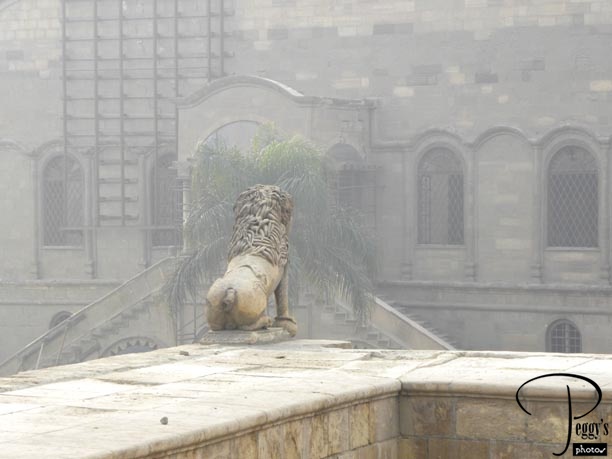
The guardian lion.

The Mosque of Mohammed Ali
The Mosque of Mohammed Ali
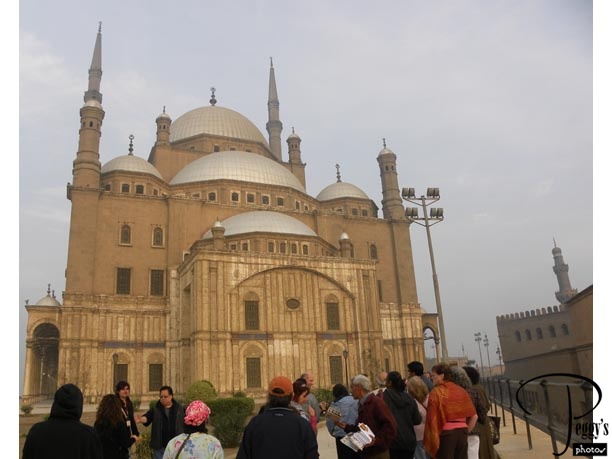
Mohammed Ali became the ruler of Egypt in 1805 after his Albanian forces beat both the Mamluks and the Ottoman forces. The Mosque of Mohammed Ali was built in the Turkish style between 1830 and 1848. It is also known as the Alabaster Mosque because of the amount of alabaster used in its building.

The Mosque of Mohammed Ali
The Mosque of Mohammed Ali
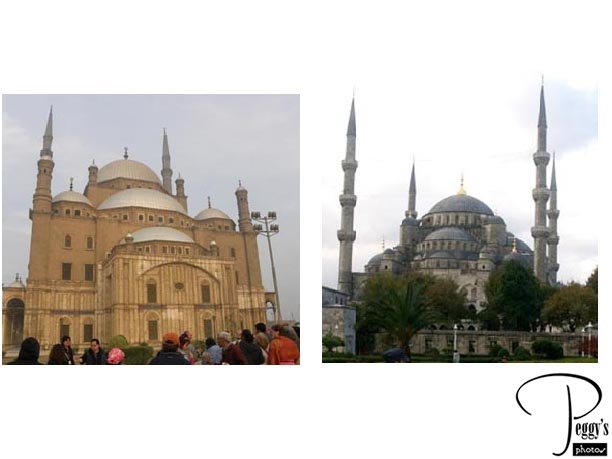
For a comparison of the Mosque of Mohammed Ali with a Turkish mosque, I put the Mosque of Mohammed Ali on the left and the Blue Mosque in Istanbul, Turkey, on the right.

The Mosque of Mohammed Ali
The Mosque of Mohammed Ali
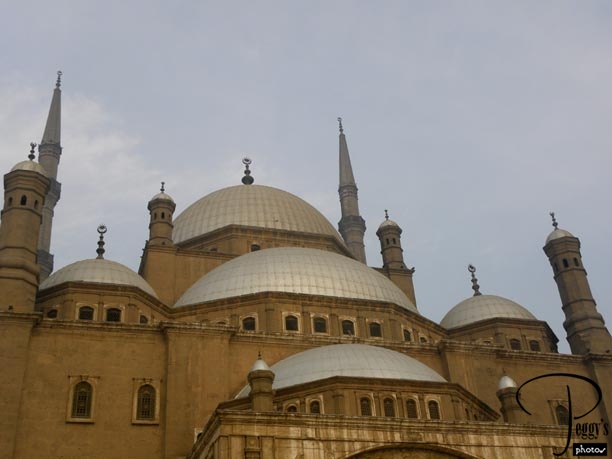
The top of the mosque.

The Mosque of Mohammed Ali
The Mosque of Mohammed Ali
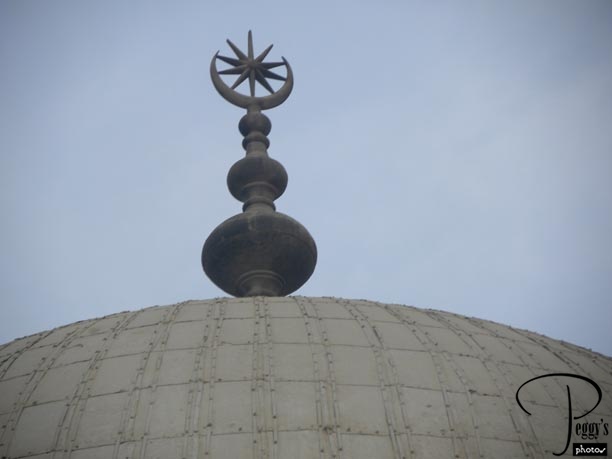
On the top of the dome.

The Mosque of Mohammed Ali
The Mosque of Mohammed Ali
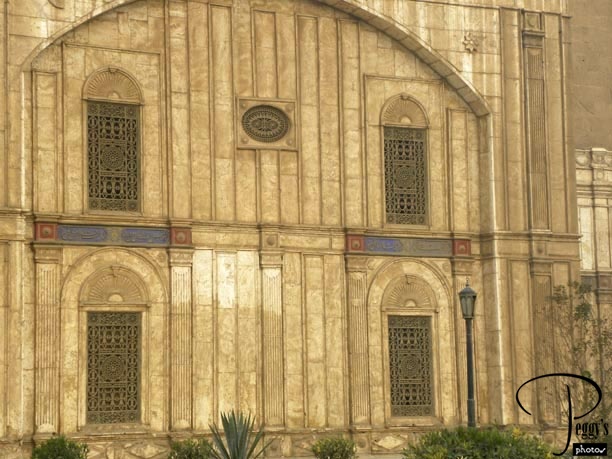
Close–up of a side of the mosque.

The Mosque of Mohammed Ali
The Mosque of Mohammed Ali
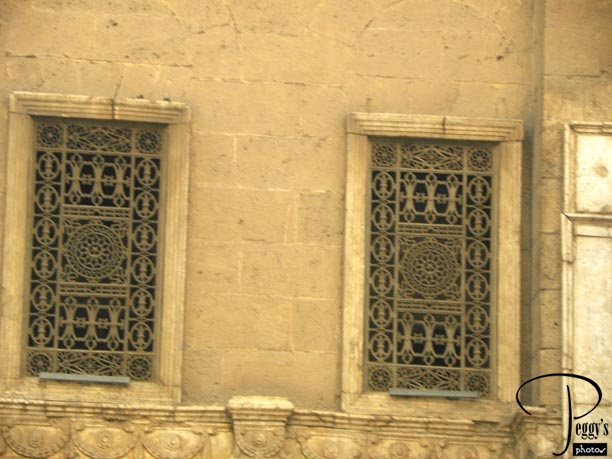
Two windows.

The Mosque of Mohammed Ali
The Mosque of Mohammed Ali
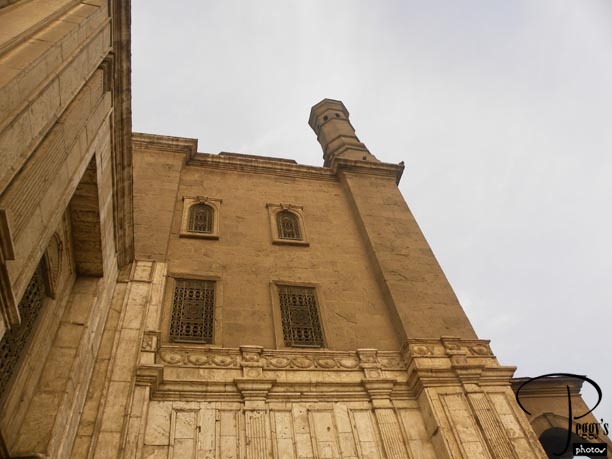
The alabaster siding does not reach to the top.

The Mosque of Mohammed Ali
The Mosque of Mohammed Ali
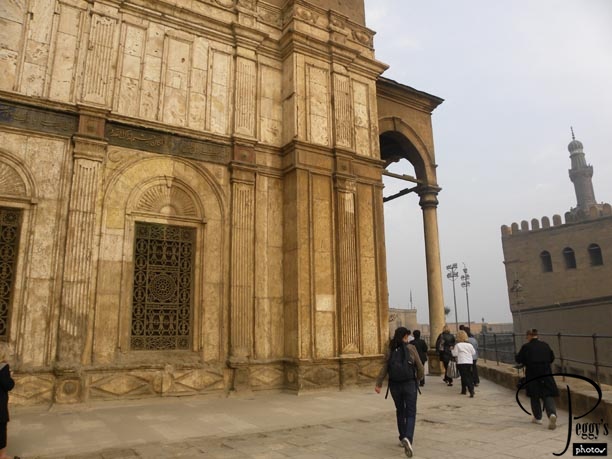
Walking around to the front of the mosque.

The Mosque of Mohammed Ali
The Mosque of Mohammed Ali
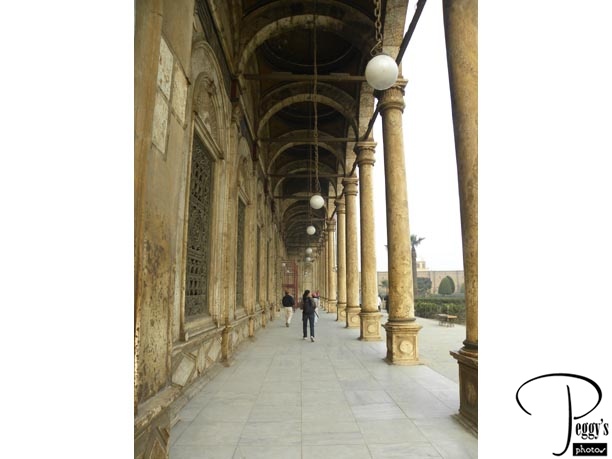
The colonnade.

The Mosque of Mohammed Ali
The Mosque of Mohammed Ali
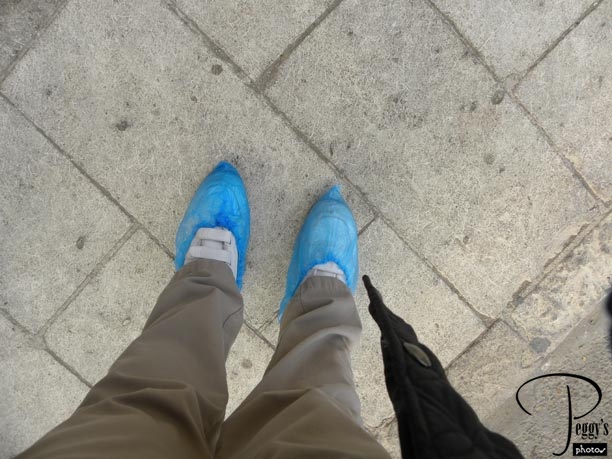
We are about to enter the mosque. However, first, you usually need to take off your shoes and leave them at the door. They do not want you to leave dirt from your shoes on the carpet. But a very enterprising young man offered us a novel solution: blue paper booties to put over your shoes. The booties were very popular with the tourists, and at $1 US for a pair of booties, he was raking in the dough.

The Mosque of Mohammed Ali
The Mosque of Mohammed Ali
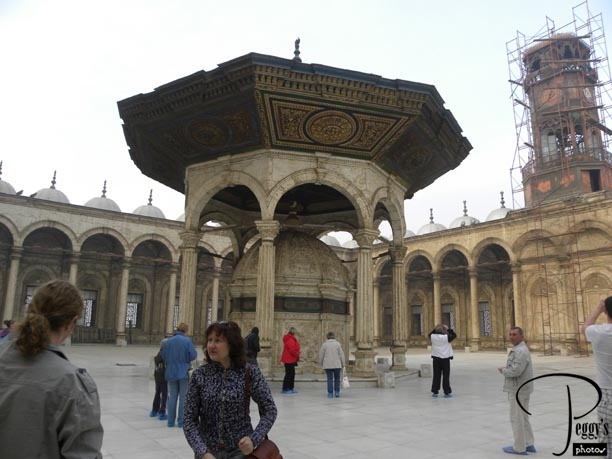
The courtyard, being viewed by tourists in their blue booties.

The Mosque of Mohammed Ali
The Mosque of Mohammed Ali

A clock under the scaffolding in the courtyard. This clock was presented to Mohammed Ali by the French King Luis Phillipe in 1845 in appreciation for the Luxor obelisk that he had given to the French that graces the Place de la Concorde in Paris. The clock was damaged in transport and has never worked.

The Mosque of Mohammed Ali
The Mosque of Mohammed Ali
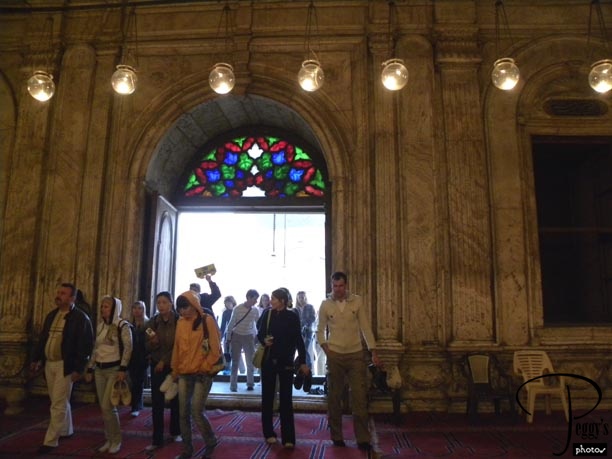
Inside the mosque.

The Mosque of Mohammed Ali
The Mosque of Mohammed Ali
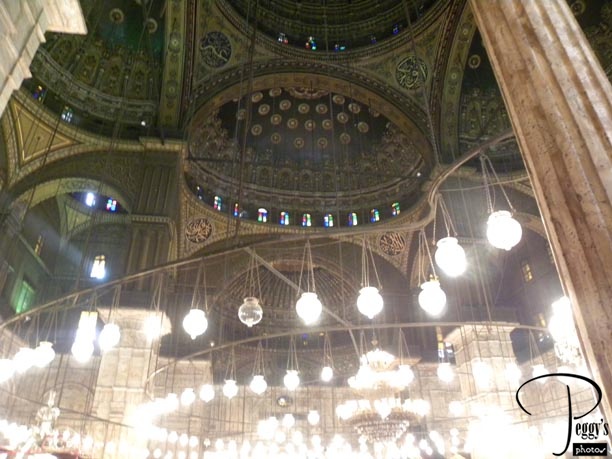
Inside the mosque with a view of its domes.

The Mosque of Mohammed Ali
The Mosque of Mohammed Ali
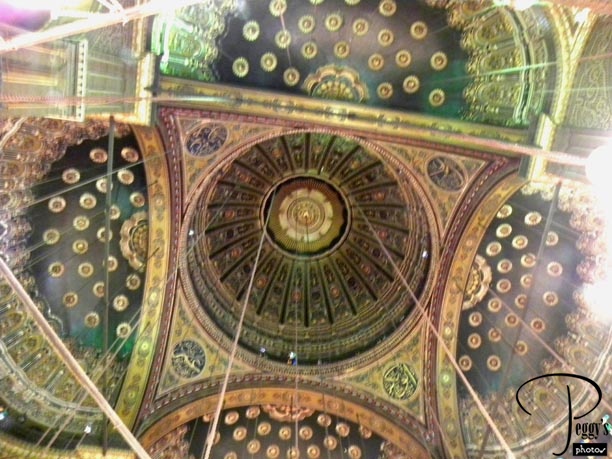
Looking up at the inside of the domes.

The Mosque of Mohammed Ali
The Mosque of Mohammed Ali
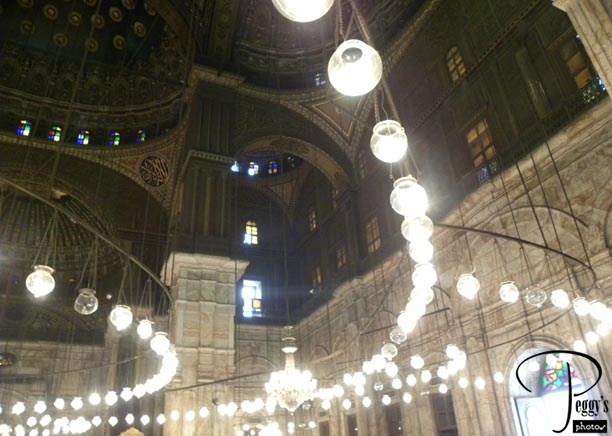
Another view of the inside of the mosque. I think Amro told me that the lights in a mosque are in a circular pattern as this symbolizes the heavens.

The Mosque of Mohammed Ali
The Citadel
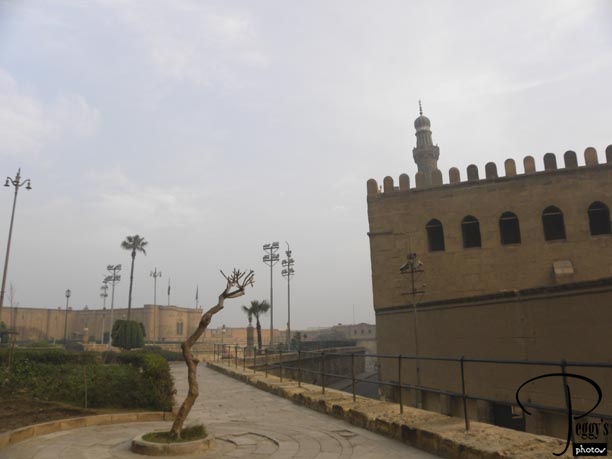
The medieval–style citadel.

The Citadel
The Citadel
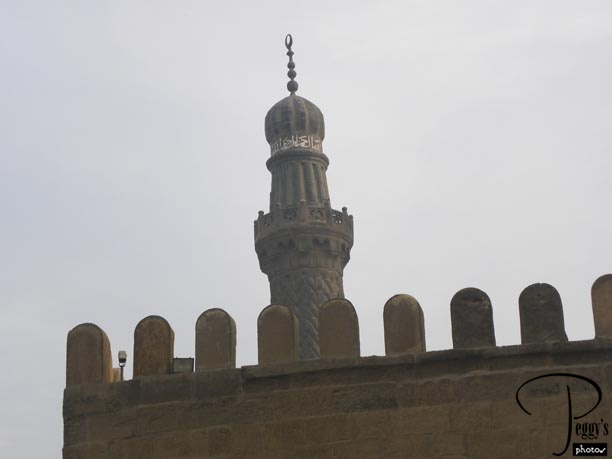
Closer–up.

The Citadel
The Citadel
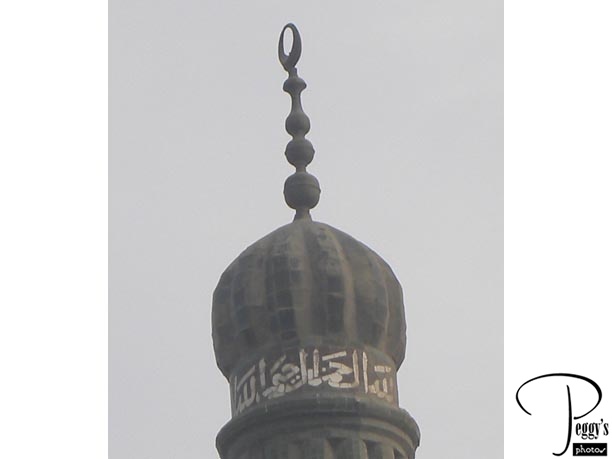
And more closer–up.

The Citadel
The Citadel
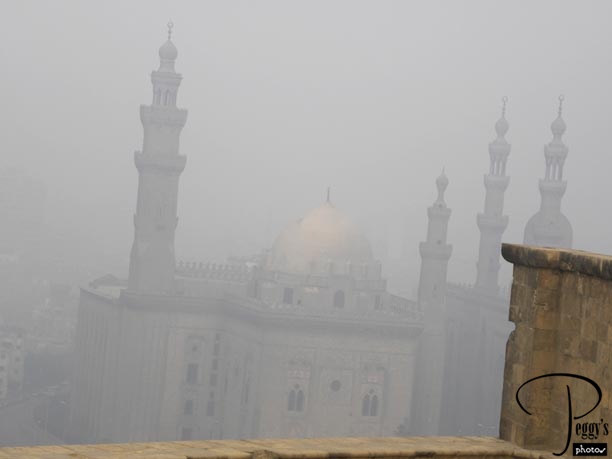
A view of another mosque in the haze.

The Citadel
The Citadel
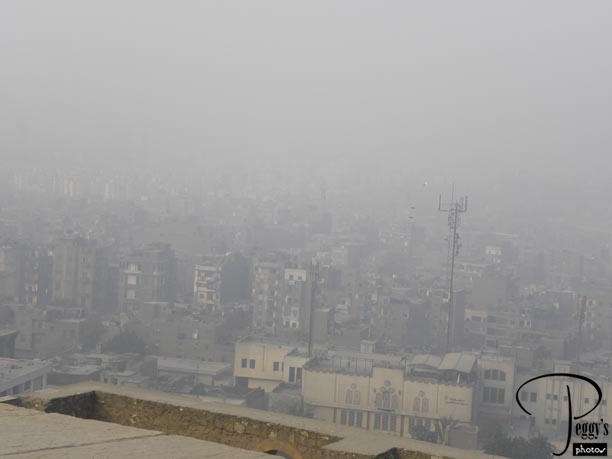
On a clear day, you can see all of Cairo and as far as the pyramids at Giza from here. Not today.

The Citadel
The Citadel
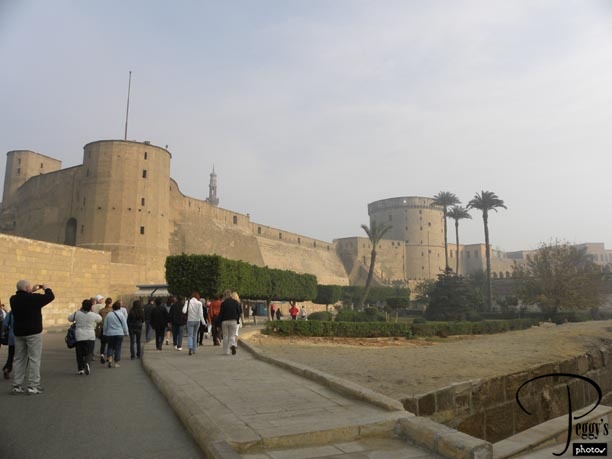
Walking back to the bus. You could spend an entire day at the Citadel to view it all.

The Citadel
The Citadel
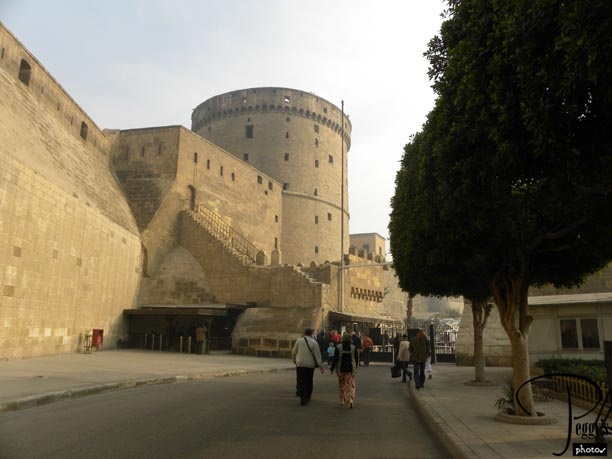
One last look at this massive structure.

The Citadel
Central Cairo
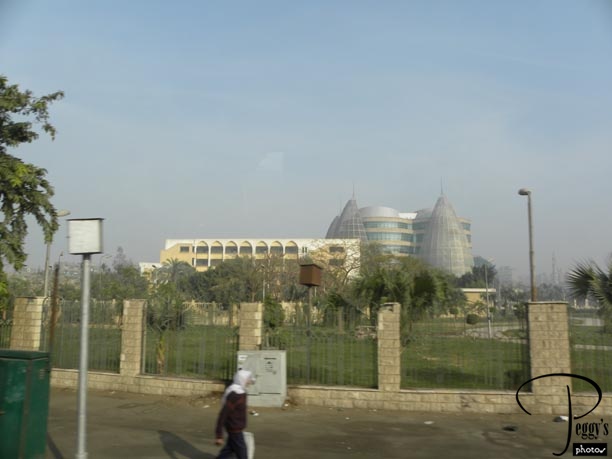
We are now driving through Central Cairo on our way to the Egyptian Museum.

Central Cairo
Central Cairo

Another of Central Cairo.

Central Cairo
Central Cairo
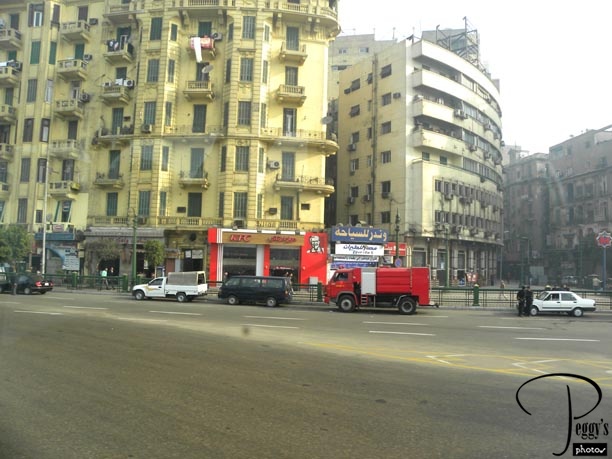
And one more.

Central Cairo
Central Cairo
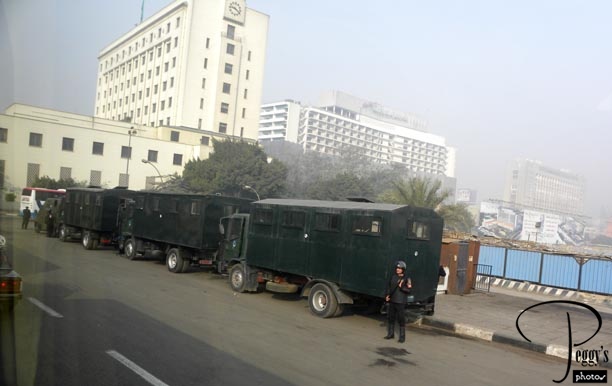
And here are the riot police forming in case they are called in during the protest scheduled for today. This sight didn’t bother me: I have seen riot police in other foreign cities––twice in Italy for soccer holigans; once in Athens after an Ochi Day Parade (I think for anarchists); and even in London at a stop fox hunting protest. I also had 100% faith in Amro and our armed tourist policeman to keep us safe. This was really a “wait and see what happens” time in regard to the protests.

Central Cairo
Central Cairo
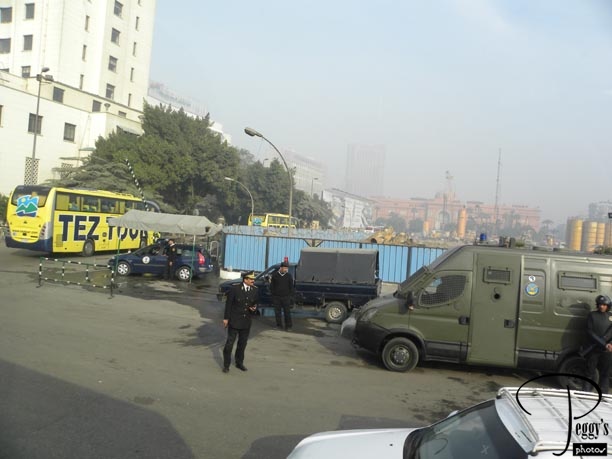
More riot police. The Tez bus is for a Russian tour group. Amro told us that three times more Russians visit Egypt than do Americans.

Central Cairo
Central Cairo
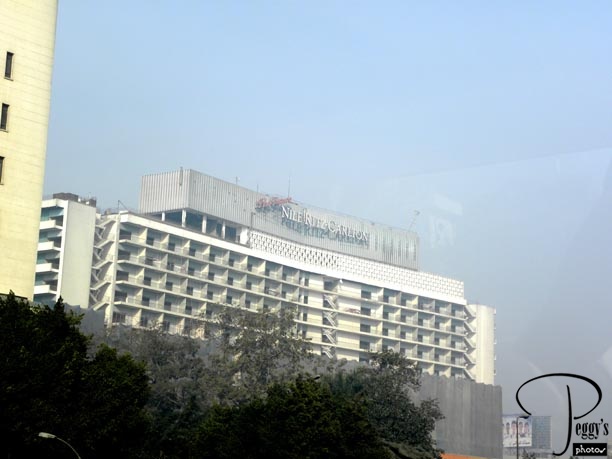
The Nile Ritz Carlton, probably one of the hotels where their guests were in the middle of or at least close to the protests. Our hotel was, thankfully, far away.

Central Cairo
The Egyptian Museum

Our next stop was at the Egyptian Museum at Tahir Square. I borrowed this noncopywrited photo from the Internet because it was a better one of the front of museum than the one I took. The Egyptian Museum was founded by a Frenchman, Auguste Mariette. It was the first Egyptian national museum of Pharaonic antiquities and opened in 1863 and moved to its present location in 1902. A new, bigger museum is supposed to open in Giza in 2012. Presently, it contains artifacts from every period of ancient Eyptian history. One of its highlights are the artifacts from King Tutankhamun’s tomb.

The Egyptian Museum
The Egyptian Museum
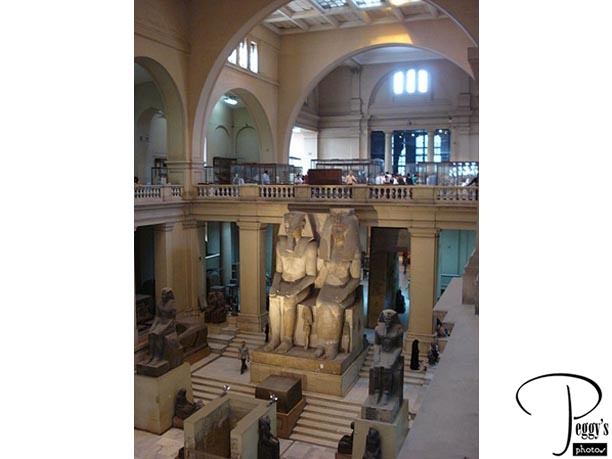
No photos were allowed at the Egyptian Museum. The following noncopywrited photos are either from the Internet or from postcards that I bought at the museum’s store. This is one of the first sights you see at the museum: the Colossus of Amenhotep III and Queen Tiye. At first, I wasn’t planning on taking the optional tour to the museum as I have already seen, I thought, so many Egyptian statues at other museums that I wouldn’t find the museum very interesting. I had also seen the King Tut exhibit when it was in Los Angeles. But I was wrong––the Egyptian Museum is fabulous, but you really need at least a full day at it, which we didn’t get. This morning, the museum was packed with visitors: either it is always like this or other tours decided to get the museum visited in the morning before the protests, as we did.

The Egyptian Museum
The Egyptian Museum
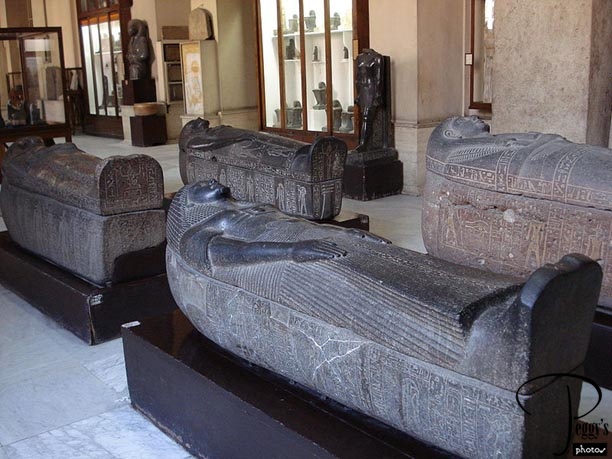
Many sacrophagi here.

The Egyptian Museum
The Egyptian Museum
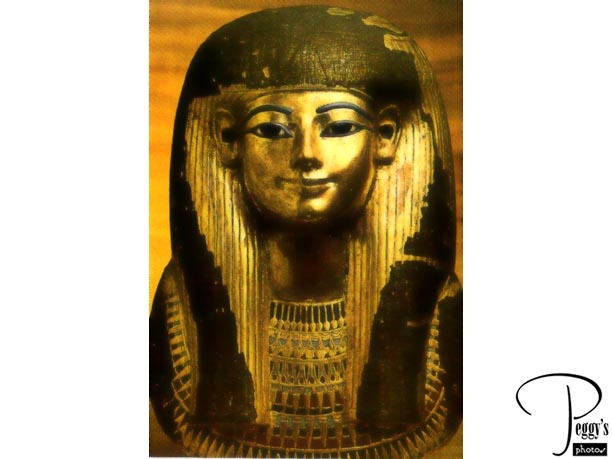
The Funerary Mask of Tuya.

The Egyptian Museum
The Egyptian Museum

A statue of Sekhmet, a goddess. It is a wooden statue covered with gesso and painted. Her eyes and nose are inlaid with glass.

The Egyptian Museum
The Egyptian Museum
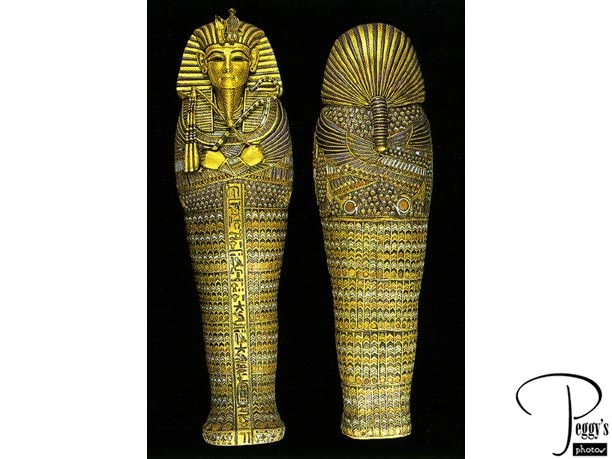
Coffinette (a minature version of a coffin) from the tomb of King Tutankhamum.

The Egyptian Museum
The Egyptian Museum
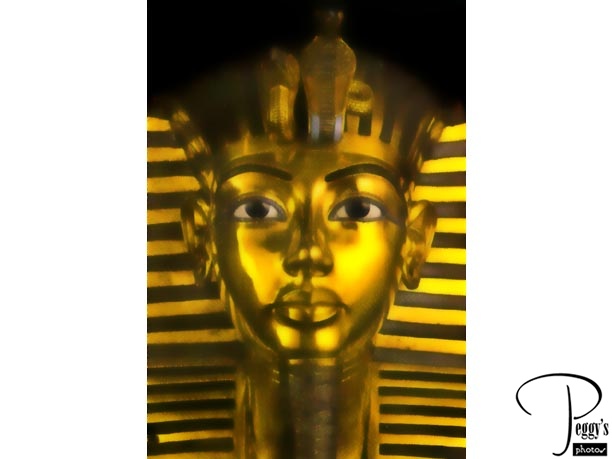
The Golden Mask of Tutankhamun.

The Egyptian Museum
The Egyptian Museum
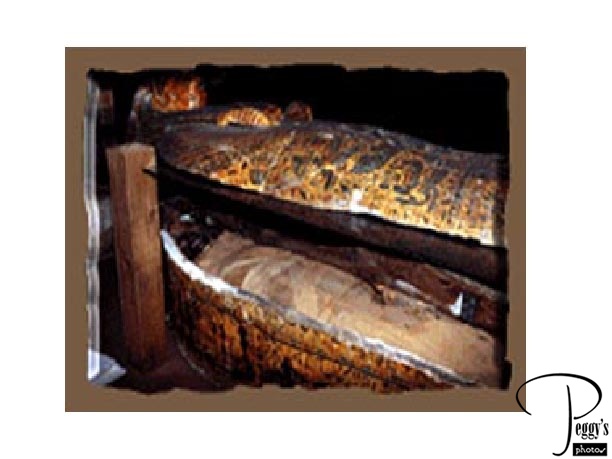
A decorated coffin.

The Egyptian Museum
The Egyptian Museum
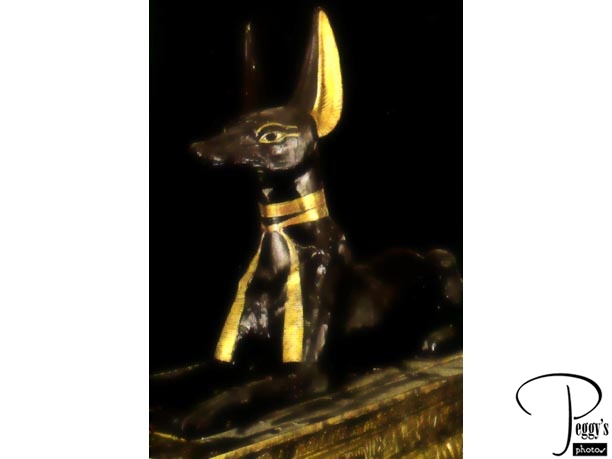
Anubis, one of the most important gods. He was the guardian of the cemetery and led one to the next world.

The Egyptian Museum
The Egyptian Museum

I visited the mummies at the Egyptian Museum. We had to pay for a separate ticket to see them––I think it was 100 Egyptian pounds (about $17 US). There are 22 royal mummies here. At first, it was somewhat hard to look at them, but you soon got used to them. I have included a photo of one of them (the ones we saw were all under glass, but I think this was one of them). Two of these mummies were attacked by vandals during the protests, detaching their heads from their bodies. I find it hard to believe that I was one of the last people to see all the mummies in one piece.

The Egyptian Museum
On the Way Back to Our Hotel
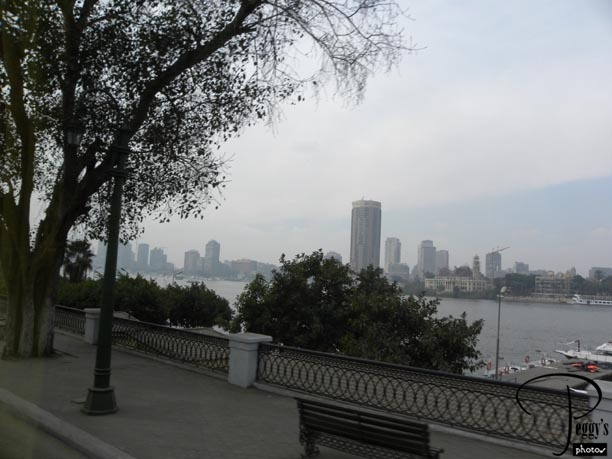
Driving along the Nile going back our hotel.

On the Way Back to Our Hotel
On the Way Back to Our Hotel
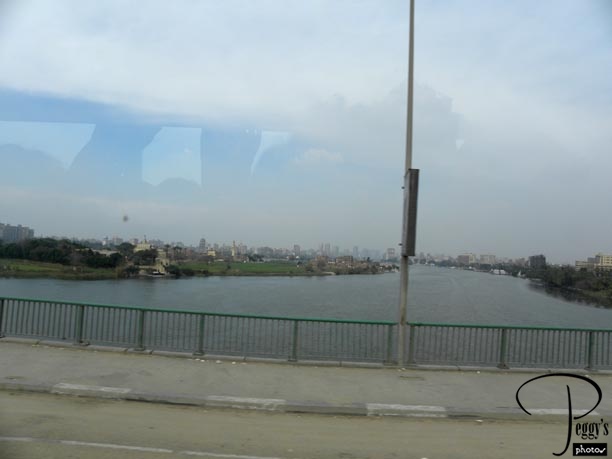
Crossing the Nile on our way back to our hotel.

On the Way Back to Our Hotel
On the Way Back to Our Hotel

A view of the pyramids.

On the Way Back to Our Hotel
On the Way Back to Our Hotel
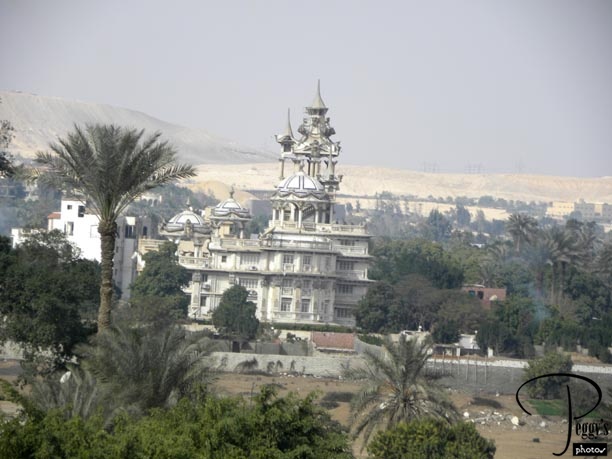
A private home. Amro told us that its builder was entranced by Ali Baba and the 1,001 Nights.

On the Way Back to Our Hotel
On the Way Back to Our Hotel
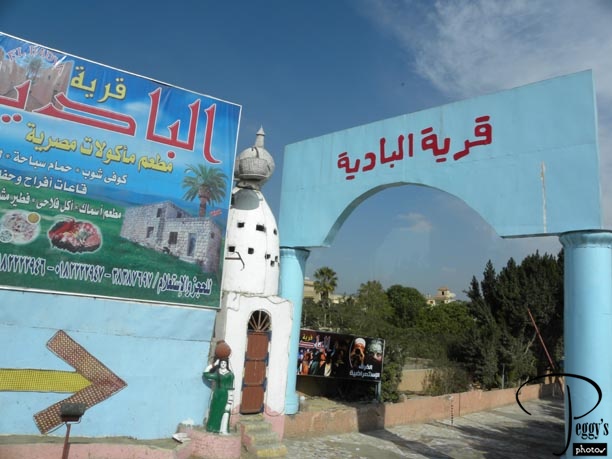
We also passed this interesting gate. We stopped at our hotel to pick up our tour members who didn’t go to the museum with us but who were going on our afternoon tour to Memphis and Sakkara. Our lunch stop again was at the On the Run store. This time I ordered a pizza, which was easier to eat on the bus than was a sandwich that had to lettuce peeled off it.
